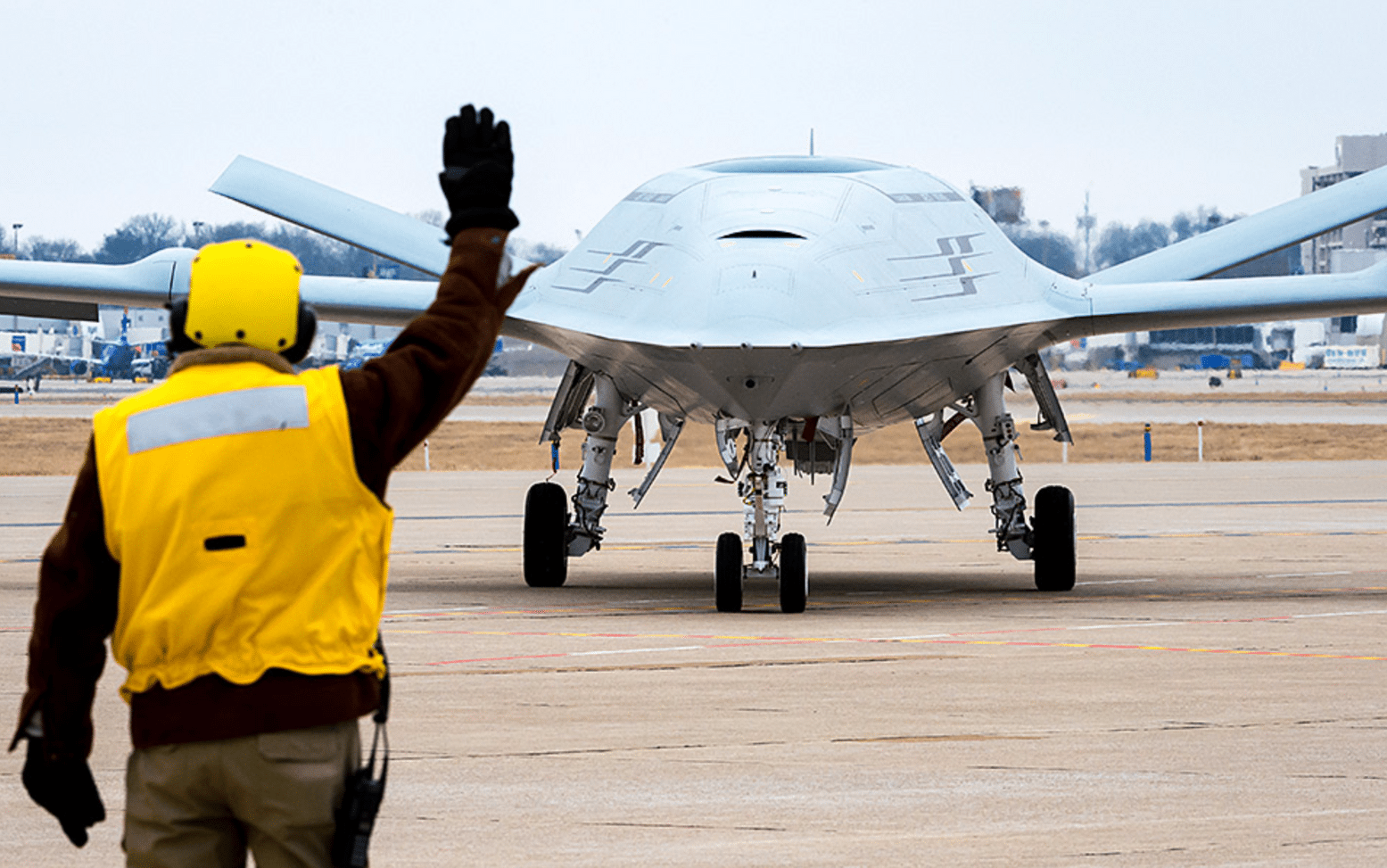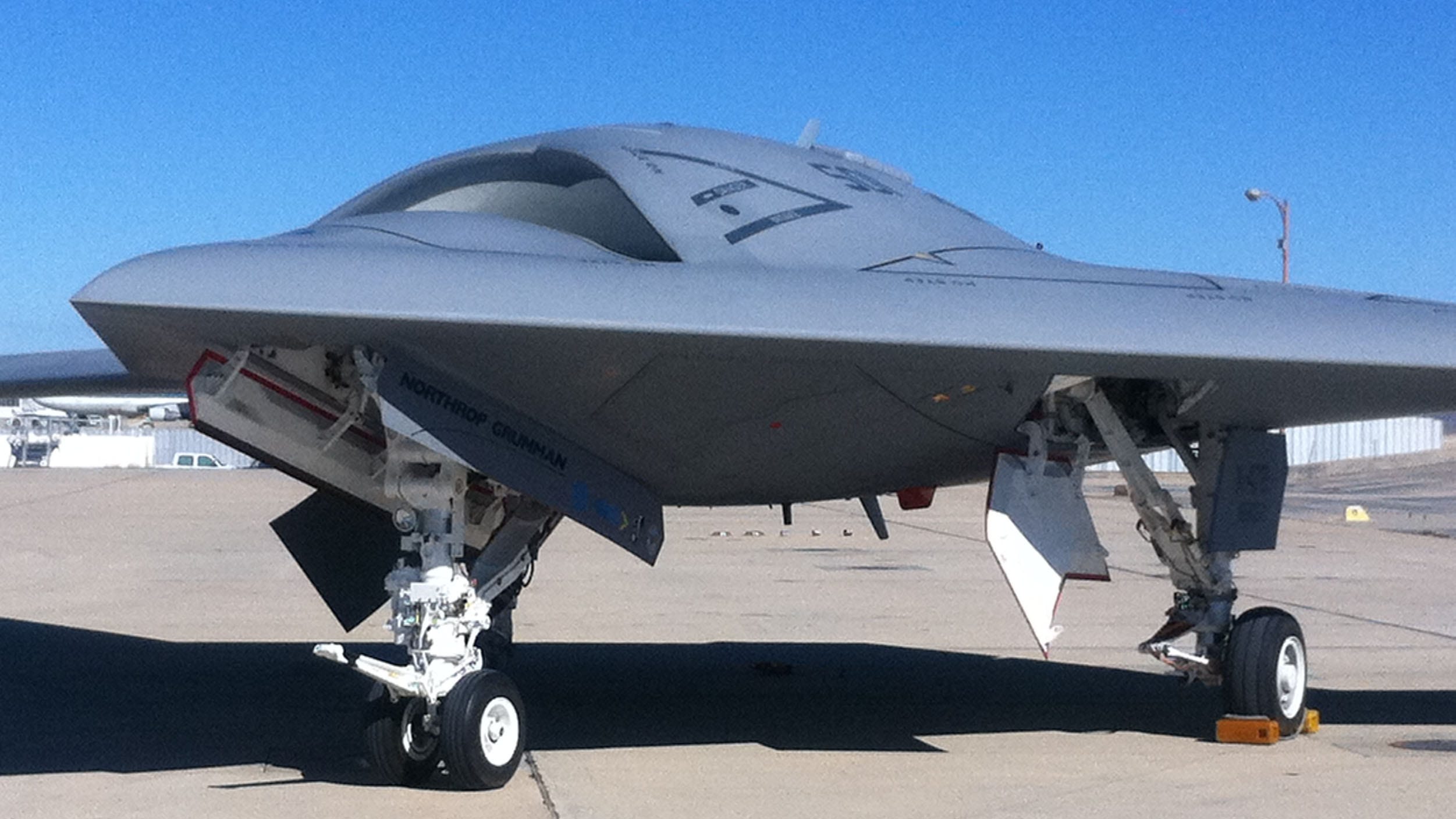The True Nature of Stealth in Unmanned Aircraft
Covert Reconnaissance versus Air Superiority
The MQ-9 Reaper drone was designed for covert reconnaissance and counterterrorism strikes, not air superiority missions. While efforts were made to reduce its radar, infrared and acoustic signatures, the Reaper lacks the true stealth capabilities of dedicated stealth aircraft. Its rotating propeller alone guarantees it will be detected by sophisticated adversaries. Nonetheless, for monitoring terrorist groups with limited air defenses, the Reaper fills an important niche.

Limitations of Low-Observability Design
The Reaper airframe incorporates low-observable design principles to reduce radar reflections, with smooth lines, angles and radar-absorbing coatings. Infrared suppression systems further diminish its thermal signature detected by heat-seeking missiles. However, true stealth depends on more than just reduced signatures - the overall goal is to avoid detection entirely. While the Reaper presents a smaller radar cross-section, advanced radars can still detect it. Weapons and external equipment also increase its detectability.
Beast of Kandahar: A Glimpse of stealth UAV potential
In contrast to the Reaper, the Lockheed Martin RQ-170 Sentinel, or “Beast of Kandahar”, demonstrates how stealth can be applied to unmanned aircraft. Its eerily bird-like shape suggests advanced low-observability design principles were implemented. Precise details are classified, but stealth allowed the RQ-170 to conduct sensitive reconnaissance missions over denied territory undetected. While unarmed, the RQ-170 proved a stealthy UAV design is possible and could potentially be adapted for an armed stealth reconnaissance-strike platform.
Challenges of Maintaining Low Signatures
Designing an unmanned aircraft for true stealth poses difficult engineering challenges. Reduced engine emissions, acoustic signature and retained heat all require innovative solutions while maintaining endurance and payload capacities. Stealth coatings and materials must withstand weathering without loss of performance. Weapons carriage also impacts signatures - internal weapons bays help but add complexity. For a stealth UAV to serve strategic requirements, radar-evading abilities must withstand stresses of operations and upgrades over decades.
Prospects for a Stealth Combat UAV
As stealth technologies advance, a stealth combat UAV may become feasible. The Navy’s secretive MQ-25 Stingray program aims to develop an aerial refueling tanker using stealth design. Lessons from that effort could enable future stealth armed reconnaissance drones. Aerospace firms like Lockheed are actively researching low-observable unmanned aircraft. If technical and budget hurdles can be overcome, a stealth combat UAV may give the U.S. an asymmetric edge for projecting power amid evolving air defenses. By blending signatures removal and powerful sensors/weapons, such a platform could transform future air warfare.
The Future of Low-Observable Unmanned Systems
In coming decades, stealth and unmanned technologies will likely converge to field breakthrough reconnaissance/strike platforms. NASA’s experimental X-57 Maxwell may demonstrate new electric stealth propulsion concepts. Distributed aperture sensors and onboard AI could aid low probability of intercept signatures. Modularly upgradeable stealth airframes may see extended service. As adversaries field more integrated air defenses, leveraging stealth will grow essential for uncrewed systems to perform strategic missions. Whether patrolling borders or projecting power abroad, next-gen low-observable UAVs may define future airpower through unmatched access and persistence.
